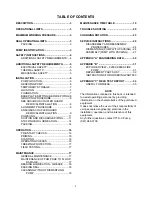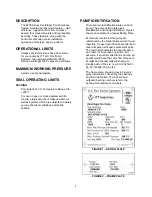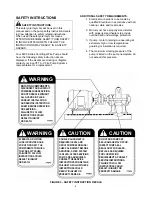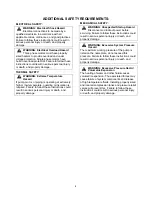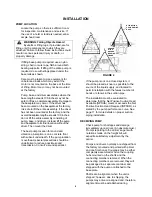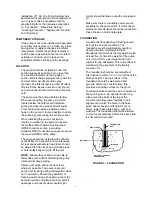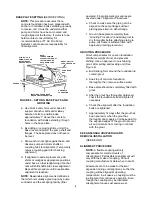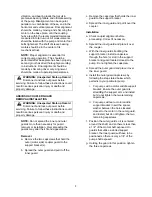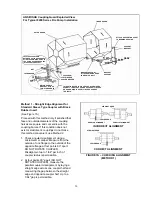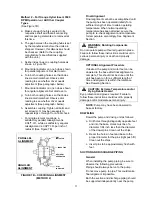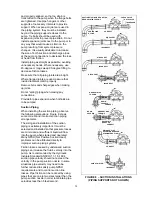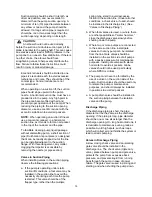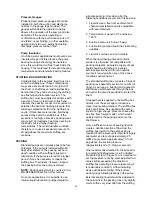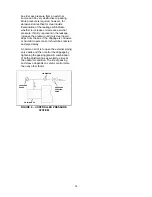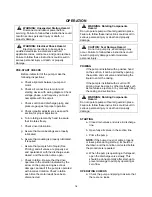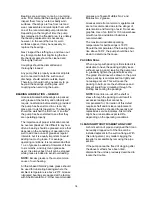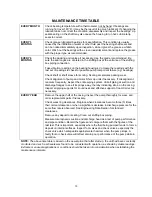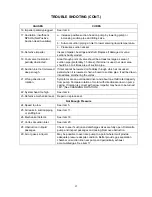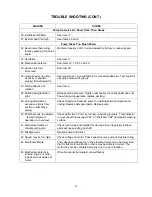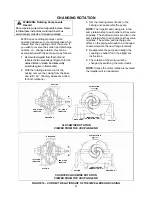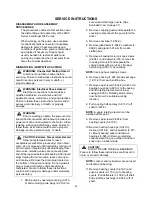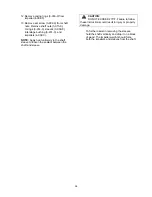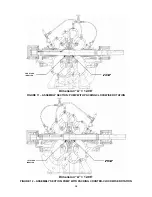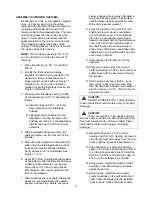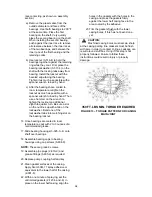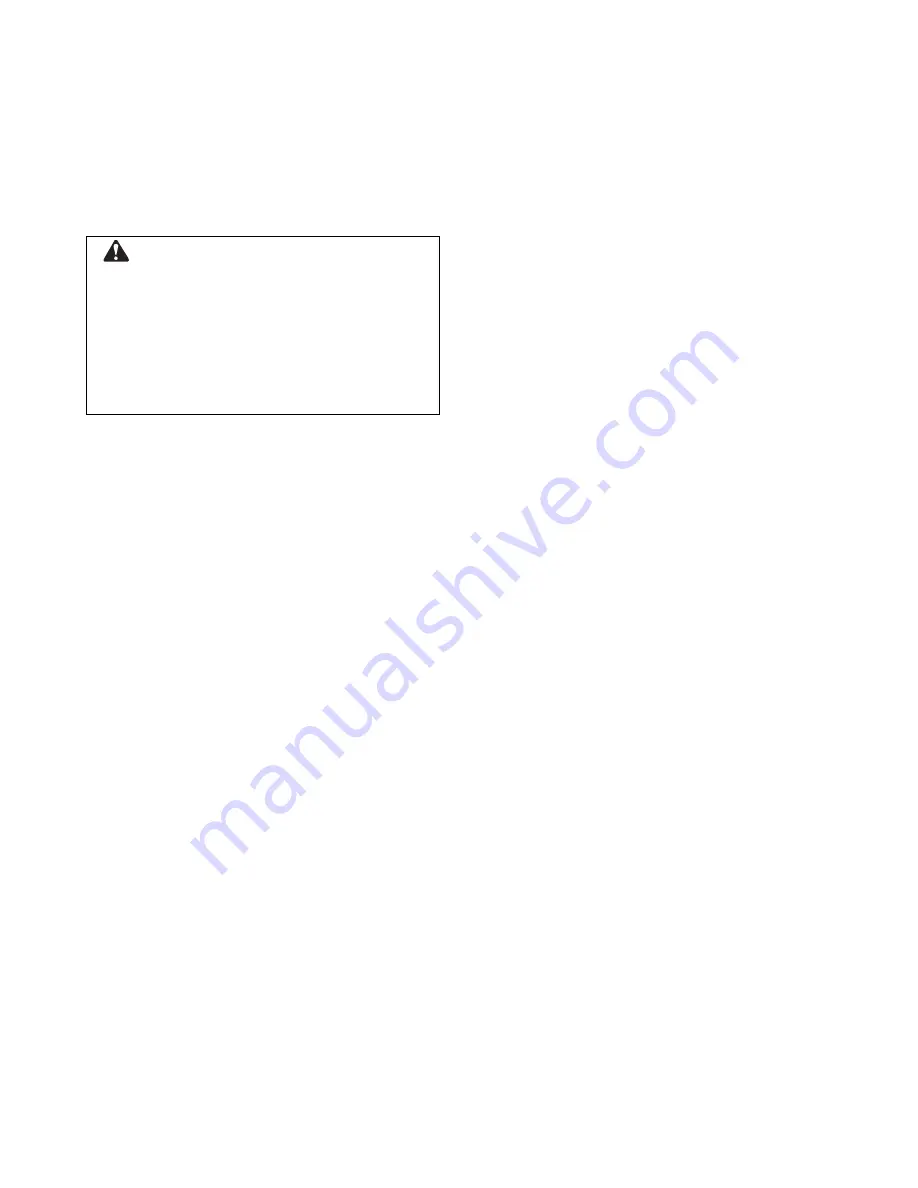
13
Suction piping should be short in length, as
direct as possible, and never smaller in
diameter than the pump suction opening. A
minimum of ten (10) pipe diameters between
any elbow or tee and the pump should be
allowed. If a long suction pipe is required, it
should be one or two sizes larger than the
suction opening, depending on its length.
CAUTION:
An elbow should not be used directly
before the suction of a double suction pump if its
plane is parallel to the pump shaft. This can cause
an excessive axial load or NPSH problems in the
pump due to an uneven flow distribution. If there is
no other choice, the elbow should have
straightening vanes to help evenly distribute the
flow. Failure to follow these instructions could
result in injury or property damage.
Eccentric reducers should be limited to one
pipe size reduction each to avoid excessive
turbulence and noise. They should be of the
conical type. Contour reducers are not
recommended.
When operating on a suction lift, the suction
pipe should slope upward to the pump
nozzle. A horizontal suction line must have a
gradual rise to the pump. Any high point in
the pipe can become filled with air and
prevent proper operation of the pump. When
reducing the piping to the suction opening
diameter, use an eccentric reducer with the
eccentric side down to avoid air pockets.
NOTE:
When operating on suction lift never
use a concentric reducer in a horizontal
suction line, as it tends to form an air pocket
in the top of the re-ducer and the pipe.
To facilitate cleaning pump liquid passage
without dismantling pump, a short section of
pipe (Dutchman or spool piece) so designed
that it can be readily dropped out of the line
can be installed adjacent to the suction
flange. With this arrangement, any matter
clogging the impeller is accessible by
removing the nozzle (or pipe section).
Valves in Suction Piping
When installing valves in the suction piping,
observe the following precautions:
a. If the pump is operating under static
suction lift conditions, a foot valve may be
installed in the suction line to avoid the
necessity of priming each time the pump
is started. This valve should be of the
flapper type, rather than the multiple
spring type, sized to avoid excessive
friction in the suction line. (Under all other
conditions, a check valve, if used, should
be installed in the discharge line.) (See
“Valves in Discharge Piping”)
b. When foot valves are used, or where there
are other possibilities of “water hammer,”
close the discharge valve slowly before
shutting down the pump.
c. Where two or more pumps are connected
to the same suction line, install gate
valves so that any pump can be isolated
from the line. Gate valves should be
installed on the suction side of all pumps
with a positive pressure for maintenance
purposes. Install gate valves with stems
horizontal to avoid air pockets. Globe
valves should not be used, particularly
where NPSH is critical.
d. The pump must never be throttled by the
use of a valve on the suction side of the
pump. Suction valves should be used only
to isolate the pump or maintenance
purposes, and should always be installed
in positions to avoid air pockets.
e. A pump drain valve should be installed in
the suction piping between the isolation
valve and the pump.
Discharge Piping
If the discharge piping is short, the pipe
diameter can be the same as the discharge
opening. If the piping is long, pipe diameter
should be one or two sizes larger than the
discharge opening. On long horizontal runs, it
is desirable to maintain as even a grade as
possible. Avoid high spots, such as loops,
which will collect air and throttle the system or
lead to erratic pumping.
Valves in Discharge Piping
A slow closing check valve and an isolating
gate valve should be installed in the
discharge line. The check valve (triple duty
valve), placed between pump and gate valve,
protects the pump from excessive back
pressure, and prevents liquid from running
back through the pump in case of power
failure. The gate valve is used in priming and
starting, and when shutting the pump down.


